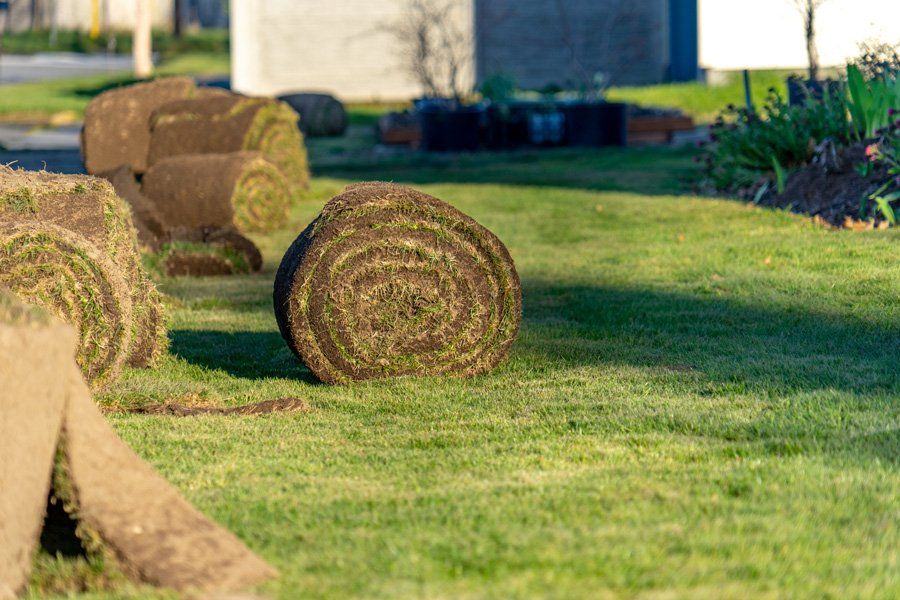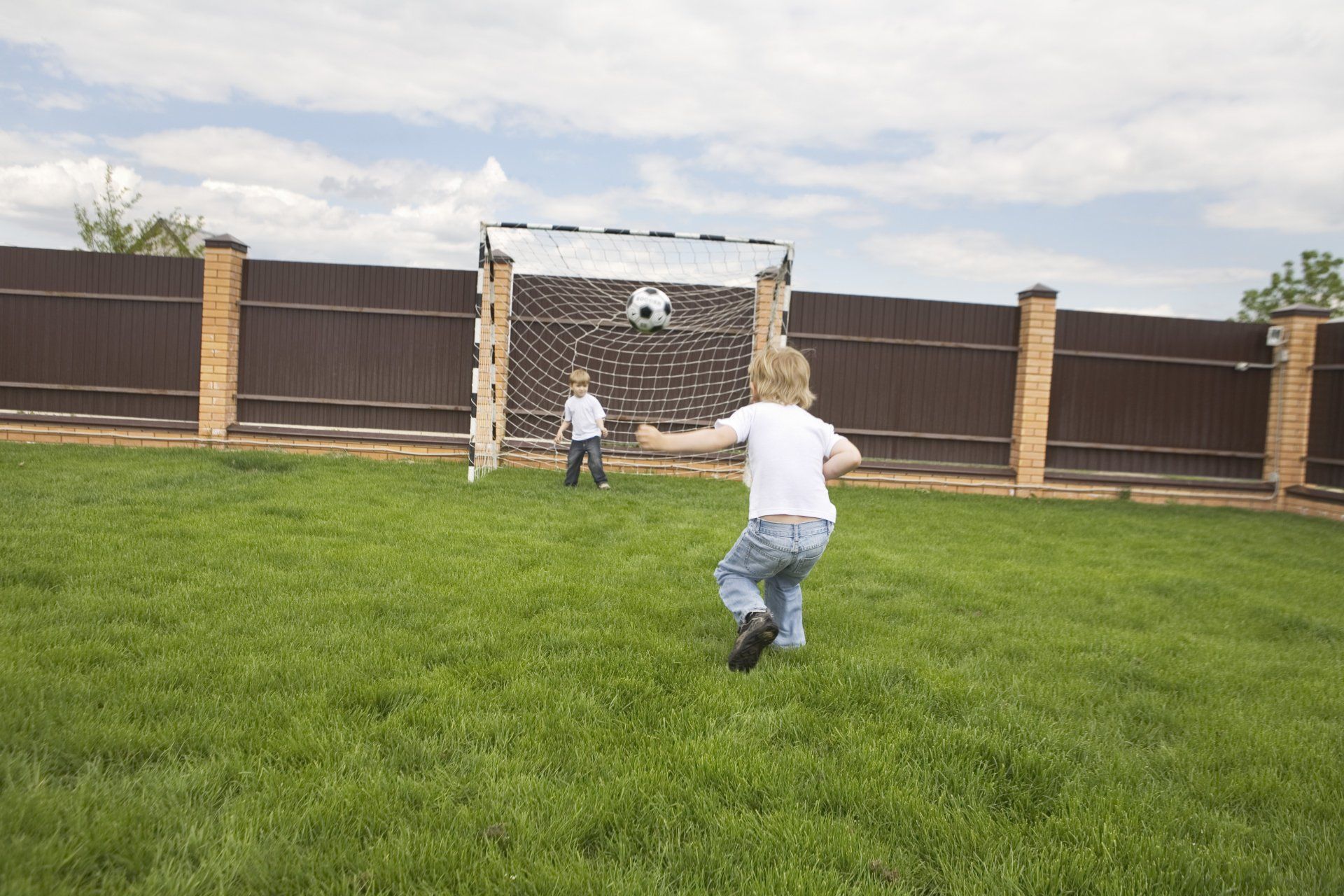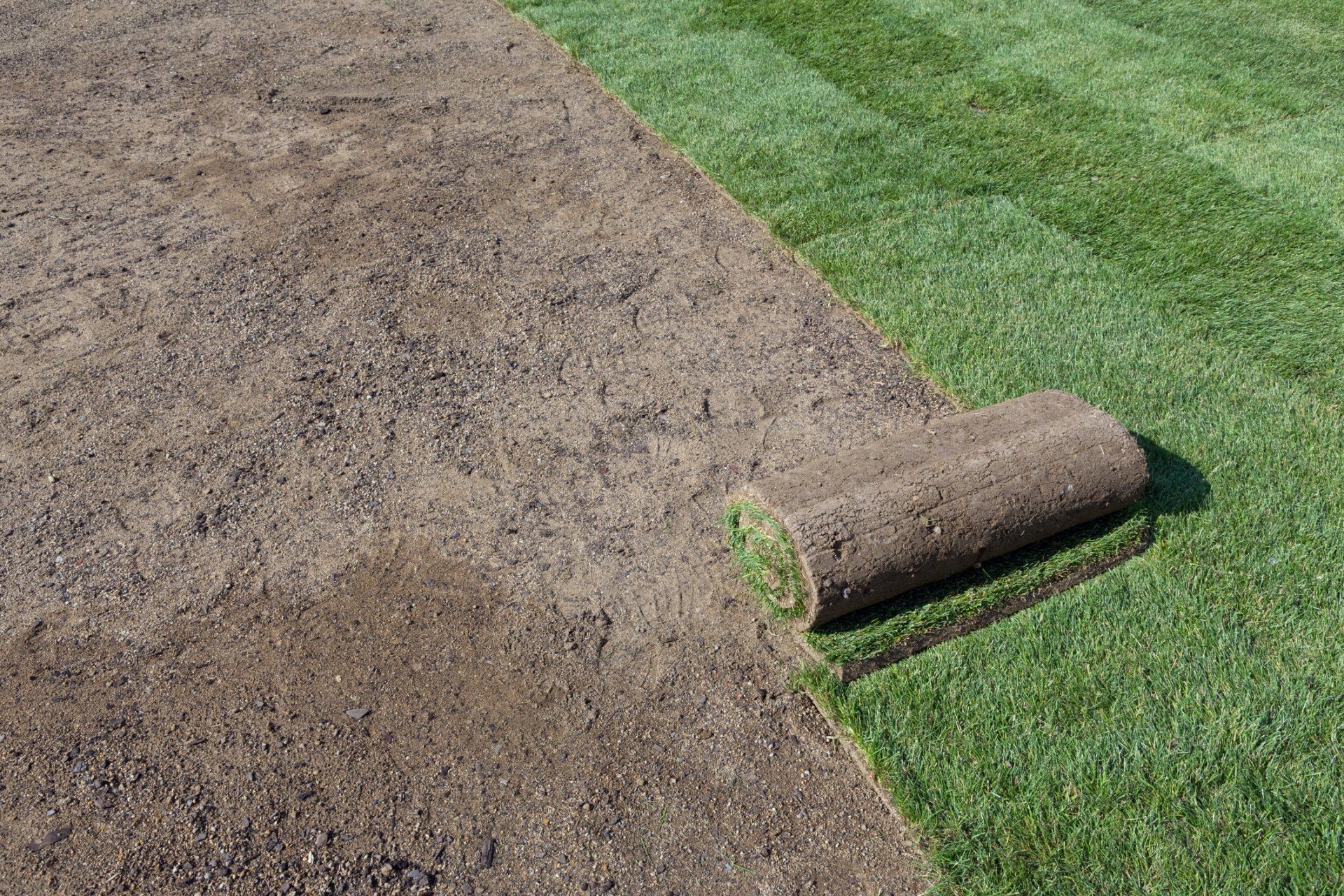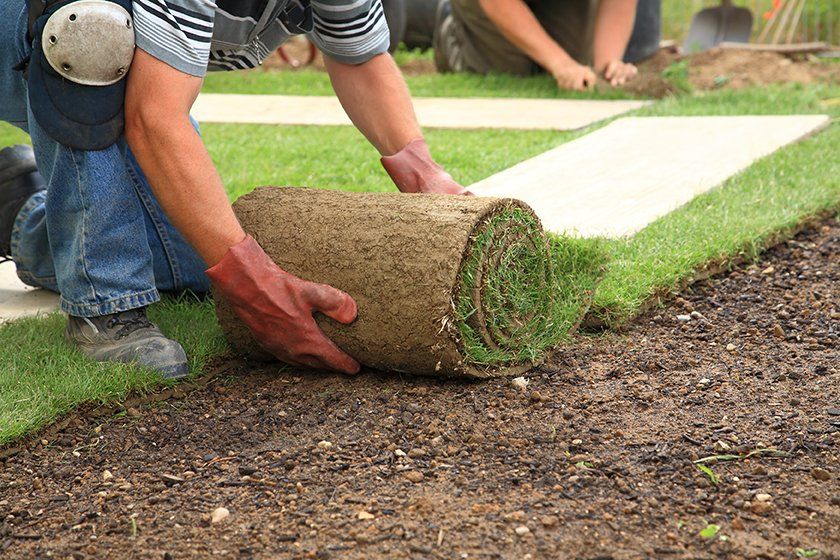5 REASONS TO CHOOSE CENTIPEDE SOD FOR DIFFICULT AREAS
- By Admin
- •
- 20 Aug, 2018
- •

With so many turf grass varieties that thrive specifically in the warm climate of the southeastern U.S., it can be difficult to pick just the right variety for your sod order. Centipede grass is one of the lesser known types of turf grass available for sod use, but it has many positive traits that make it popular with those in the know.
Is centipede grass the best choice for your lawn needs? Before you place a sod order, learn the benefits of this variety to decide if it's right for your particular needs.
Is centipede grass the best choice for your lawn needs? Before you place a sod order, learn the benefits of this variety to decide if it's right for your particular needs.
1. Fights Back Against Weeds
Weeding a lawn is a frustrating and exhausting job, but relying on chemical weed treatments threatens the health of the waterways around your property. Choosing centipede grass for your sod can eliminate the need to pick between hand and chemical weeding, because the grass spreads aggressively to fill in gaps where weeds might take root, blocking the sun and rain they need to become established.
Of course, this weed resistance only occurs once the sod begins to grow in earnest. You'll still need to do some weed control during the first few months as the roots grow in, but you'll have greatly reduced weeding work to do for the rest of the life of the lawn.
2. Requires Less Care
In addition to needing less weeding to stay pristine, a lawn of centipede grass sod generally takes less work in general when compared to other types of turf grass. The relatively slow growth allows you to go longer between trims without getting a shaggy or overgrown look to your lawn. This type of grass also suffers from fewer pest and disease problems than other varieties, reducing the need for emergency treatment when you're already busy.
3. Handles Diverse Soil Types
Centipede grass doesn't need the same kind of enriched and fertile soil that many turf grasses demand. It can handle highly acidic soil, can grow well in sandy and loose soil other grass dries out in, and will grow in clay soils nearly as well. It does have a problem growing in highly alkaline soil that has a pH reading of higher than 7.0, but that kind of alkalinity is rarely found in soils in the Southeast.
Choosing centipede grass can save you thousands of dollars on soil improvement if you have sandy or clay soil that grass struggles to grow in. You should still have a soil test done before making a choice since you always risk that you have a rare and localized case of high alkaline soil and need to bring the pH down before planting.
4. Needs No Dormancy
Since much of the Southeast stays above freezing in the winter, some types of turf grass are a poor fit due to their need for a period of dormancy. Many people move to the South specifically for the pleasure of being able to maintain their lawn in the winter when other areas are covered in snow.
With no dormancy period, this kind of turf grass has the potential to grow all year long. It will slow down when temperatures drop, but it will still appear beautifully green and require at least occasional mowing over the winter.
5. Reduces Fertilizer Costs
Finally, centipede grass has some of the lowest nitrogen requirements of all of the species used for turf. In fact, applying more than just half a pound of nitrogen per 1000 square feet is actually linked to a decline in grass health. If you have poor soil and spend too much to keep your grass growing, replacing it with centipede grass sod could save you hundreds of dollars a year.
Ready to make a commitment to centipede grass? Contact us today at Turf Master Sod Farm to place your order.
Weeding a lawn is a frustrating and exhausting job, but relying on chemical weed treatments threatens the health of the waterways around your property. Choosing centipede grass for your sod can eliminate the need to pick between hand and chemical weeding, because the grass spreads aggressively to fill in gaps where weeds might take root, blocking the sun and rain they need to become established.
Of course, this weed resistance only occurs once the sod begins to grow in earnest. You'll still need to do some weed control during the first few months as the roots grow in, but you'll have greatly reduced weeding work to do for the rest of the life of the lawn.
2. Requires Less Care
In addition to needing less weeding to stay pristine, a lawn of centipede grass sod generally takes less work in general when compared to other types of turf grass. The relatively slow growth allows you to go longer between trims without getting a shaggy or overgrown look to your lawn. This type of grass also suffers from fewer pest and disease problems than other varieties, reducing the need for emergency treatment when you're already busy.
3. Handles Diverse Soil Types
Centipede grass doesn't need the same kind of enriched and fertile soil that many turf grasses demand. It can handle highly acidic soil, can grow well in sandy and loose soil other grass dries out in, and will grow in clay soils nearly as well. It does have a problem growing in highly alkaline soil that has a pH reading of higher than 7.0, but that kind of alkalinity is rarely found in soils in the Southeast.
Choosing centipede grass can save you thousands of dollars on soil improvement if you have sandy or clay soil that grass struggles to grow in. You should still have a soil test done before making a choice since you always risk that you have a rare and localized case of high alkaline soil and need to bring the pH down before planting.
4. Needs No Dormancy
Since much of the Southeast stays above freezing in the winter, some types of turf grass are a poor fit due to their need for a period of dormancy. Many people move to the South specifically for the pleasure of being able to maintain their lawn in the winter when other areas are covered in snow.
With no dormancy period, this kind of turf grass has the potential to grow all year long. It will slow down when temperatures drop, but it will still appear beautifully green and require at least occasional mowing over the winter.
5. Reduces Fertilizer Costs
Finally, centipede grass has some of the lowest nitrogen requirements of all of the species used for turf. In fact, applying more than just half a pound of nitrogen per 1000 square feet is actually linked to a decline in grass health. If you have poor soil and spend too much to keep your grass growing, replacing it with centipede grass sod could save you hundreds of dollars a year.
Ready to make a commitment to centipede grass? Contact us today at Turf Master Sod Farm to place your order.
What happens after you install sod in your yard? There are several maintenance tasks you'll have to do. Learn more about them.
You have a lot of decisions to make before you lay a new lawn. An important one is whether to lay down new topsoil. See when you should lay new soil down.
Take care when you add mulch to flower and garden beds. The wrong mulch techniques may harm new sod. Learn about three mulch tips that help protect new sod.
Most new sod problems are fixable, especially when caught during their early stages. Learn about common sod problems, their potential causes, and solutions.











